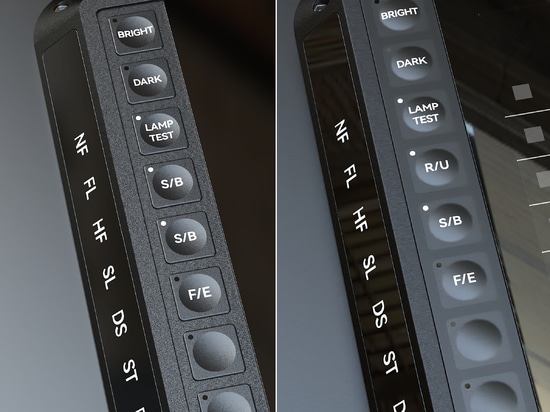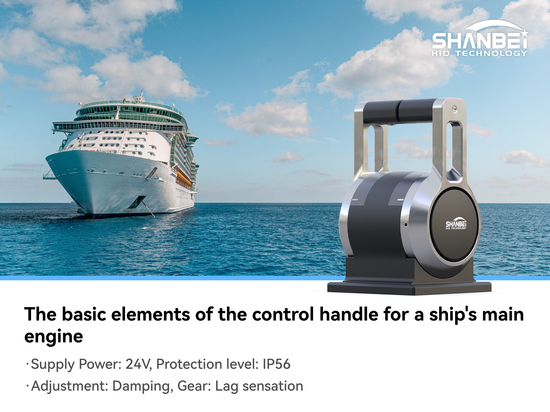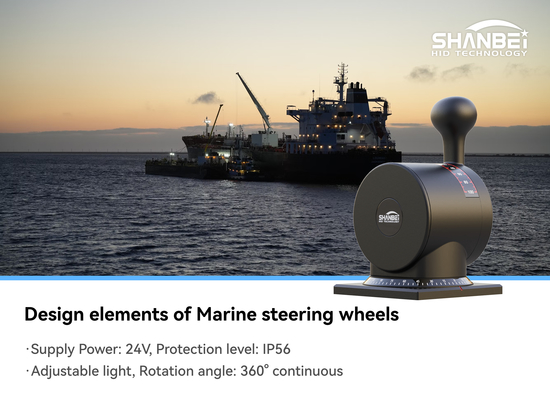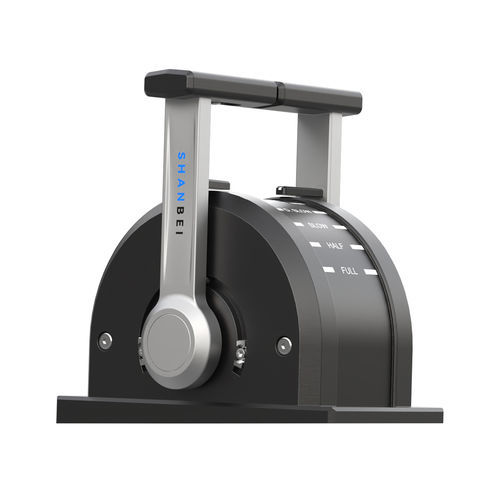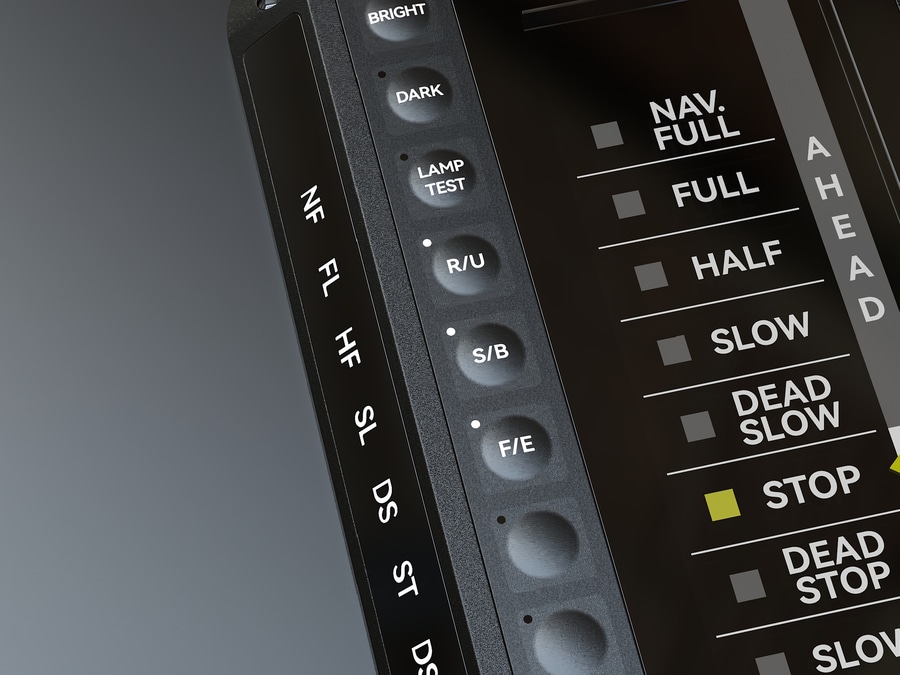
#Product Trends
Key design and selection for Marine control panels
A comparison of the relevant schemes of membrane keys, pot plate keys and touch keys in Marine control panels.
I. Membrane keys
1. Features: Smooth surface, good sealing performance (waterproof and dustproof), customizable patterns, light weight; However, the touch is blurry, the pressure feedback is not obvious, the lifespan is about 100,000 to 500,000 times, and it is prone to wear and tear after long-term use.
2. Applicable scenarios: Auxiliary buttons for low-frequency operations indoors on ships (such as menu page turning and lighting control), and scenarios with high requirements for cost and thinness.
-------------------------------------
II. press the button for the pot slices
1. Features: The metal spring offers a crisp touch and a "clicking" sound. The pressing feedback is clear, with a lifespan of over one million times and stable conduction. However, the installation requires a flat liner plate, which is relatively costly, and the protection level needs to be designed separately.
2. Applicable scenarios: Core operation keys of the ship's bridge (such as throttle and servo control), frequently used function keys, and scenarios that require "blind operation" or precise feedback.
-------------------------------------
III. Touch keys
1. Features: No physical buttons, glass panel is waterproof and dustproof (up to IP67), supports gesture interaction, and is integrated with the display screen. However, relying on power supply, there is a possibility of accidental contact in damp environments, the sensitivity decreases at low temperatures, and the cost is high.
2. Applicable scenarios: Intelligent interactive interfaces such as ship navigation systems and electronic charts, control panels in open-air or humid areas, and scenarios requiring visual operation.
-------------------------------------
IV. Summary
Reliability and touch priority: Select the pot plate button (key function).
2. Waterproofing and intelligence priority: Choose touch keys (outdoor or intelligent interaction).
3. Cost and low-frequency usage priority: Choose membrane buttons (indoor auxiliary function).
